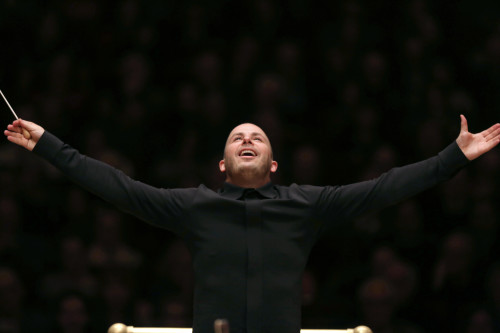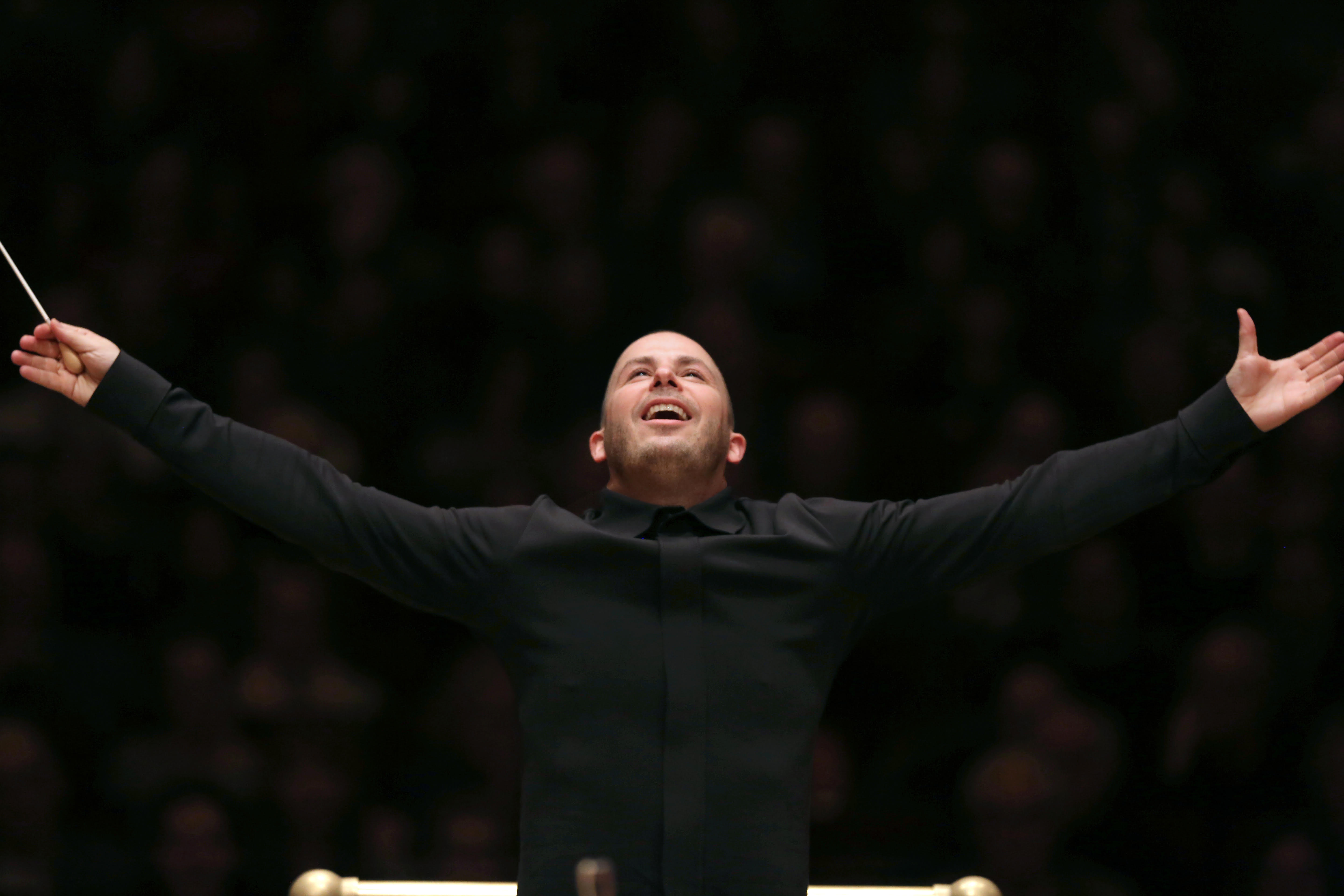 United States Van der Aa, Rachmaninoff: Janine Jansen (violin), Philadelphia Orchestra / Yannick Nézet-Séguin (conductor), Carnegie Hall, New York, 13.3.2018. (RP)
United States Van der Aa, Rachmaninoff: Janine Jansen (violin), Philadelphia Orchestra / Yannick Nézet-Séguin (conductor), Carnegie Hall, New York, 13.3.2018. (RP)

Van der Aa – Violin Concerto
Rachmaninoff – Symphony No.2 in E minor Op.27
The Philadelphians joined violinist Janine Jansen for the last concert of her Carnegie Hall Perspectives series. I had caught one other, her January performance of Bruch’s Violin Concert No.1 with the Royal Concertgebouw Orchestra conducted by Daniele Gatti, its new Chief Conductor. (See review.) The violinist has devoted fans in NYC, who jumped to their feet as the final notes of Michel van der Aa’s violin concerto sounded.
The New York premiere of the concerto, composed specifically for Jansen’s singular talents, undoubtedly benefitted from three back-to-back performances of it in Philadelphia over the prior weekend. Familiarity resulted in a conversational ease among all concerned. Soloist and orchestra are often combatants in the work, but it was a battle of equals, with each urging the other on to greater heights, at times with smiles on their faces.
The concerto is devoid of the visual elements for which the composer is noted, but in their stead, he mined not only Jansen’s virtuosity but also her mesmerizing stage presence. Additionally, the placement of the percussion added both visual and aural elements to the experience. A battery of drums was positioned at the corner of the stage diagonally across from the tympani, glockenspiel and vibraphone in the rear. This not only created a stereophonic effect, it encapsulated the orchestra, creating a defined space to enable the dialogue.
The audience noticeably thinned out at the intermission. It is a special breed of concert goer that leaves before the Philadelphia Orchestra plays Rachmaninoff’s Symphony No.2. Truth be told, the pairing didn’t work for me: the stringent austerity and relentless drive of the Dutch composer’s music just did not jive with the Russian’s lavish lyricism. Judging from the audience’s response, mine was a distinct minority view.
Conductor and orchestra took a while to settle into the symphony, which had its US premier in the hall on 14 January 1909. The buildup to the climax of the first movement lacked focus, and the brass meandered a bit in its wake. That was a momentary bump in the road, as Nézet-Séguin went on to achieve a remarkable degree of transparency in shaping the work’s lush orchestration, albeit at the expense of some of the group’s fabled string sound. Nonetheless, Rachmaninoff’s emotion-laden melodies cast their spell, swept along by the resplendent playing of the horns.
Nézet-Séguin is the man of the hour in New York City. Applause rained down upon the conductor and his orchestra, prolonged a bit by his stroll through the orchestra acknowledging the efforts of soloists and section leaders. I don’t envy the New York Philharmonic having to compete with a constant stream of the world’s great orchestras and most charismatic conductors playing down the street. Undoubtedly, its management and many others at Lincoln Center will sleep more soundly once Nézet-Séguin is ensconced at the Metropolitan Opera next fall.
Many left Carnegie Hall humming the melody from the Rachmaninoff’s third movement. I overheard two young women telling an incredulous companion that they had read in the program about Eric Carmen’s hit song based on the same melody, ‘Never gonna fall in love again’. Since they didn’t know it, they listened to it on YouTube during the intermission.
A lot of music-loving New Yorkers aren’t in sync with the song. They’re already in love with Yannick Nézet-Séguin. Albeit for some, it does smack of a rather desperate sort of love.
Rick Perdian
For more about the Philadelphia Orchestra click here.
